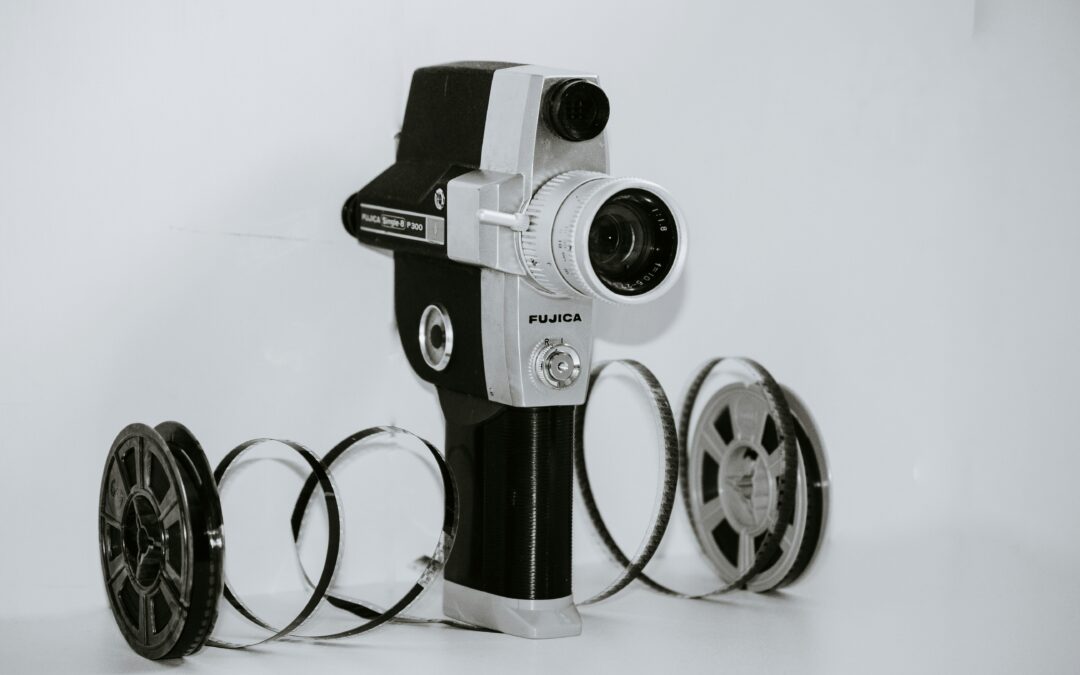When most people think of Super 8mm films, they imagine family vacations, birthday parties, and childhood memories captured decades ago. These reels often tucked away in attics or boxes are cherished keepsakes of personal history. However, beyond their sentimental value, Super 8mm films hold a deeper, often overlooked significance: they are cultural time capsules that document the social, architectural, and environmental landscapes of their era.
From small-town parades and community gatherings to family farms and neighborhood streets, these films capture the living history of communities that may no longer exist in the same form. As digitization technology advances, more archivists and historians are realizing that Super 8mm films are not merely personal relics, they are vital historical resources.
The Unexpected Historical Value of Home Movies
Super 8mm films were never intended to serve as historical documentation. Introduced in 1965 by Kodak, the format was designed to make filmmaking accessible to everyday families. Affordable, easy to use, and portable, it became the standard for amateur filmmakers through the 1970s and early 1980s.
But therein lies their hidden strength: because these films were made by ordinary people, they capture authentic slices of life; unfiltered, unposed, and unpolished. A home movie of a 1972 summer fair might, for instance, reveal forgotten storefronts, local fashion trends, and vintage automobiles, all of which provide valuable context for researchers studying that period.
Historians and cultural anthropologists now recognize these films as essential visual evidence. They fill in the gaps that official archives and media outlets often miss. Where professional documentaries focus on global or national narratives, Super 8mm reels give us the grassroots perspective, the human texture of everyday life.
Community, Culture, and Change on Film:
In many ways, Super 8mm films serve as miniature documentaries of local identity and transformation. They preserve moments that speak volumes about how communities evolved over time.
- Community Events: Footage of school plays, parades, and church gatherings provides sociologists and historians with insights into civic life, social norms, and community spirit.
- Cultural Traditions: Weddings, holidays, and religious ceremonies recorded on Super 8mm film offer glimpses into traditions that may have changed or disappeared over the years.
- Local Environments: Films documenting neighborhoods, farmlands, and small businesses become invaluable records for urban planners, conservationists, and historians tracing environmental and architectural change.
A reel of film shot in a now-urbanized area can reveal what the landscape looked like before development. Similarly, films of community celebrations may showcase music, food, and dance traditions that have faded from memory but remain vital to understanding regional heritage.
How Digitization Revives the Past:
Unfortunately, time is not kind to film. The chemical composition of Super 8mm film stock makes it vulnerable to fading, shrinking, and mold. Temperature fluctuations and humidity accelerate this deterioration, threatening to erase both personal and cultural history.
That’s where digitization comes in. By converting analog reels into digital files, we can preserve the content indefinitely, without the risks associated with physical storage. Similarly, scanning services also help digitize photographs and slides, ensuring every visual memory is safely preserved.
Modern digital transfer technology does far more than just scan film frames. High-definition scanners capture color, texture, and grain detail that even the original projector might not have displayed clearly. Advanced software can then stabilize shaky footage, correct fading, and remove scratches or dust. The result is a high-quality digital version that can be archived, shared, and studied without further wear or degradation.
For institutions such as archives, libraries, and museums, digitized Super 8mm films become research assets. They can be cataloged, keyword-tagged, and cross-referenced with other media to form a richer understanding of local and cultural history.

A Treasure for Future Generations
Digitizing Super 8mm films doesn’t just preserve the past, it transforms it into a living resource. Once digitized, these films can be shared with schools, historical societies, and online databases, making them accessible to new generations of learners, artists, and researchers.
For example, students studying mid-century American culture can watch authentic footage from their own communities rather than relying solely on textbooks. Local museums can curate exhibitions that incorporate restored Super 8mm films, offering visitors a more immersive historical experience.
Digitized films can even inspire new creative works. Modern filmmakers and documentarians often mine old home movies to capture authentic imagery or emotion that no staged recreation could replicate.
The Human Story Behind the Technology
While the technology for digitization is sophisticated, the motivation behind it remains deeply human. Each Super 8mm reel holds more than just moving pictures, it holds stories, emotions, and connections. For the families who filmed them, these reels preserve laughter, love, and legacy. For historians and archivists, they preserve culture, change, and continuity.
By digitizing these films, we bridge personal and collective memory. A father’s footage of a local baseball game might show a town before modernization. A mother’s film of a block party might capture the spirit of a neighborhood that has since disappeared. Together, these fragments form the visual DNA of our shared past.
Conclusion: Don’t Let History Fade Away
Every reel of Super 8mm film has the potential to reveal something extraordinary. What may seem like a simple home movie could, in fact, be a piece of local or cultural history waiting to be rediscovered.
Digitization not only safeguards these films from decay but also ensures that their stories can continue to educate, inspire, and connect people across generations. Whether you’re preserving family memories or uncovering historical treasures, the time to act is now.
Give your films a second life. Contact Leave A Legacy to preserve your Super 8mm memories and help protect a piece of history for the future.
Related Reading
Super 8mm Film Conversion: What to Expect When You Work with a Professional Service
What to Expect from a Professional 8mm Film Transfer Service: A Step-by-Step Overview
8mm Video to Digital: How to Rescue Your Old Camcorder Memories Before It’s Too Late

